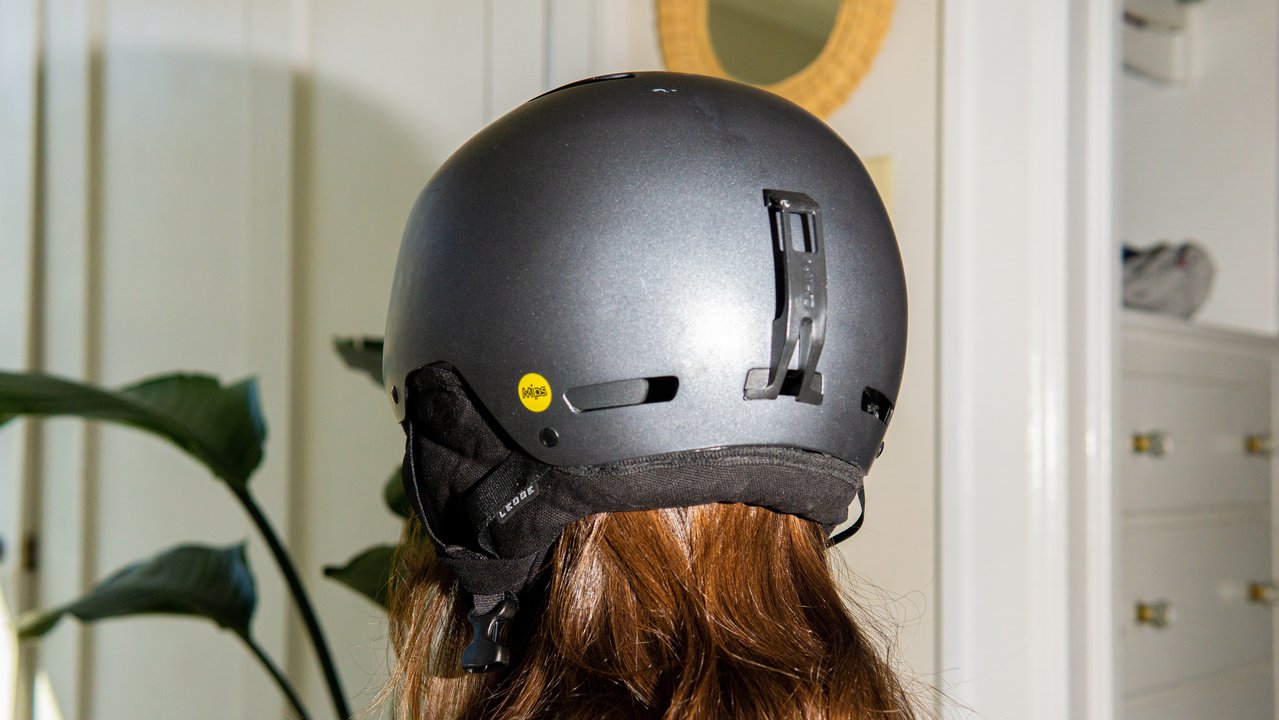Cover Image: All helmeted up with nowhere to go.
Before you say anything, yes, I know, the horse is already dead.
Or, quite close, at the very least.

And the horse sighs, desperately wishing the flogging would just end.
Pinpointing the first historical usage of the ski helmet is a little tricky, although its catalyst is clear.
Sertorellis death instigated change.
Once helmetless racers donned various forms of leather helmets, which remained the standard for many years.
The racing community adapted quicker than the rest of us because they had to.
However, an article published in 2018 by the UK news outletThe Telegraph, called these assumptions into question.
Similarly, others have raised the issue of risk compensation.
The following segment involved exactly what youd expect, the rider in question hitting enormousanythings, sometimes unsuccessfully.
Both of these helmet-safety caveats have been addressed to a degree.
A study (seperate from the initial article I noted) by the BMJ debunked the issue of risk-compensation.
MIPs is the brainchild of Swedish researcher and mechanical engineer Peter Halldin.
They, like MIPs, also hold some of the coveted top spots on Virginia Techs STAR list.
The popular helmet brand Anon recently adopted their technology for usage in a line of new helmets.
The debate between MIPs and WaveCel remains convoluted.
Thankfully, the jostling of brands doesnt necessarily impact the recreational skier negatively.
Everyday we all make risk calculations.
Most days I wear a helmet.
I couldnt really tell you.